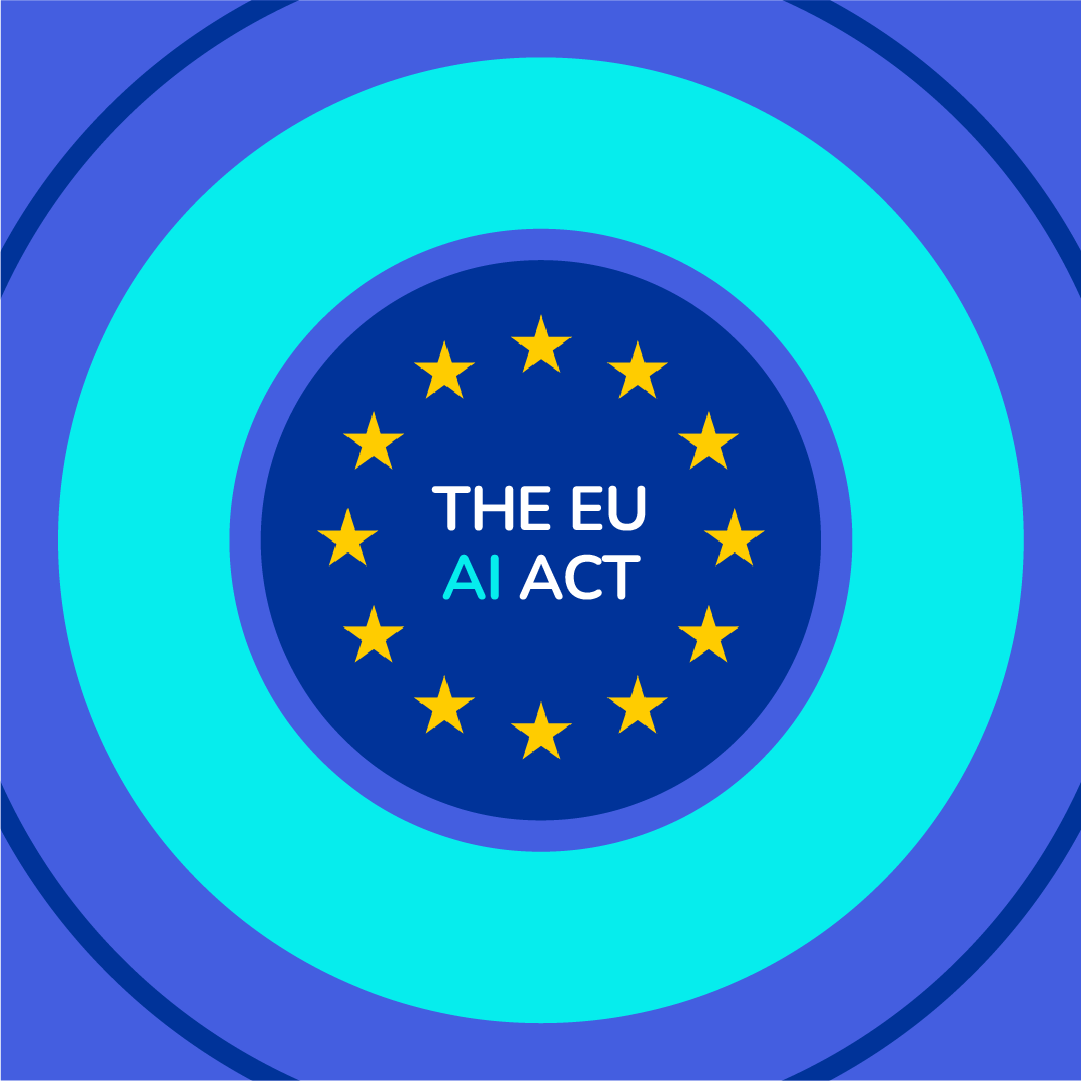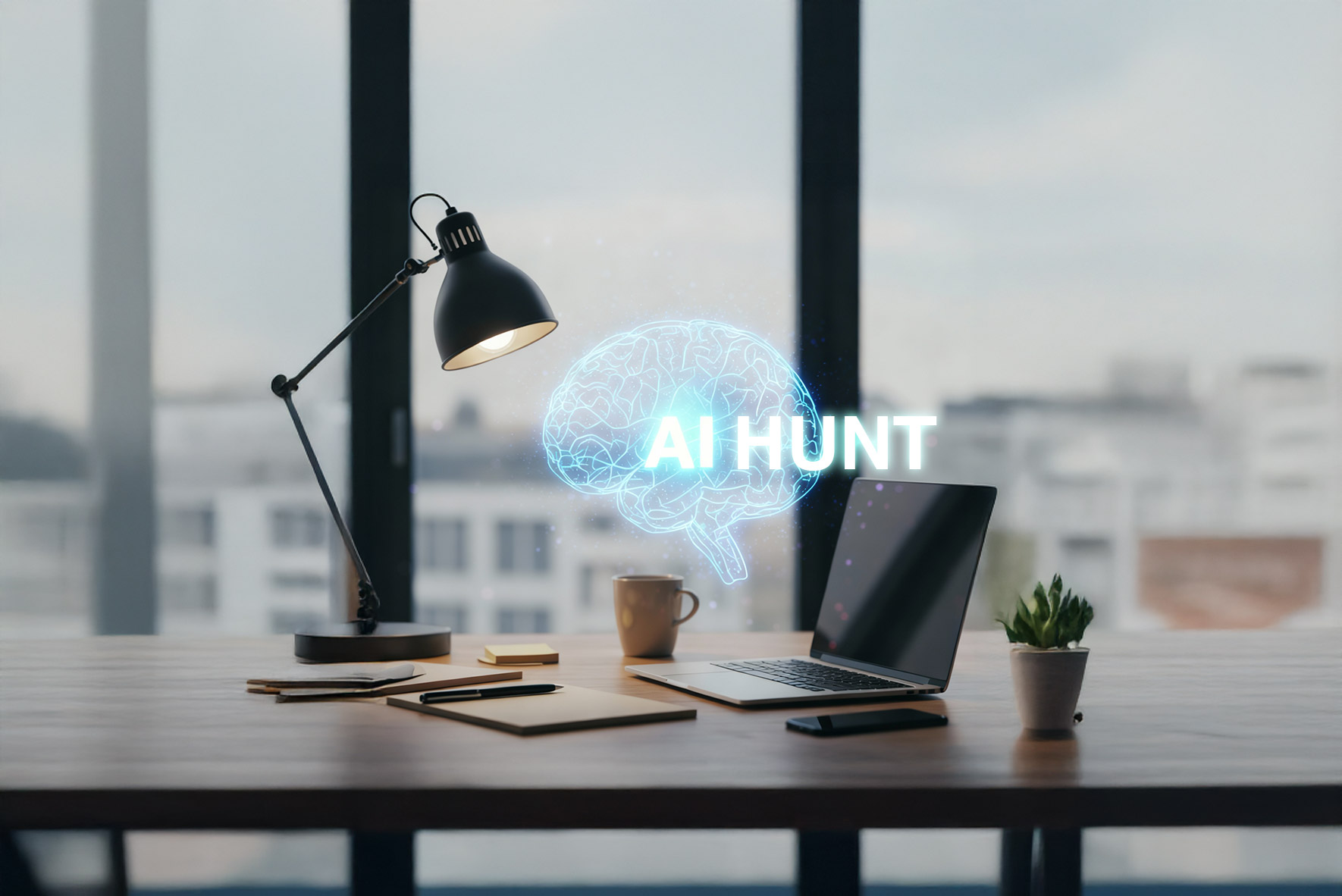
The use of artificial intelligence in the EU will be regulated by the AI Act, the world’s first comprehensive AI law.
Find out how it will protect you.
As part of its digital strategy, the EU wants to regulate artificial intelligence (AI) to ensure better conditions for the development and use of this innovative technology. AI can create many benefits, such as better healthcare; safer and cleaner transport; more efficient manufacturing; and cheaper and more sustainable energy.
In April 2021, the European Commission proposed the first EU regulatory framework for AI. It says that AI systems that can be used in different applications are analysed and classified according to the risk they pose to users. The different risk levels will mean more or less regulation.
What Parliament wants in AI legislation
Parliament’s priority is to make sure that AI systems used in the EU are safe, transparent, traceable, non-discriminatory and environmentally friendly. AI systems should be overseen by people, rather than by automation, to prevent harmful outcomes.
Parliament also wants to establish a technology-neutral, uniform definition for AI that could be applied to future AI systems.
AI Act: different rules for different risk levels
The new rules establish obligations for providers and users depending on the level of risk from artificial intelligence. While many AI systems pose minimal risk, they need to be assessed.
Unacceptable risk
Unacceptable risk AI systems are systems considered a threat to people and will be banned. They include:
- Cognitive behavioural manipulation of people or specific vulnerable groups: for example voice-activated toys that encourage dangerous behaviour in children
- Social scoring: classifying people based on behaviour, socio-economic status or personal characteristics
- Biometric identification and categorisation of people
- Real-time and remote biometric identification systems, such as facial recognition
Some exceptions may be allowed for law enforcement purposes. “Real-time” remote biometric identification systems will be allowed in a limited number of serious cases, while “post” remote biometric identification systems, where identification occurs after a significant delay, will be allowed to prosecute serious crimes and only after court approval.
High risk
AI systems that negatively affect safety or fundamental rights will be considered high risk and will be divided into two categories:
1) AI systems that are used in products falling under the EU’s product safety legislation. This includes toys, aviation, cars, medical devices and lifts.
2) AI systems falling into specific areas that will have to be registered in an EU database:
- Management and operation of critical infrastructure
- Education and vocational training
- Employment, worker management and access to self-employment
- Access to and enjoyment of essential private services and public services and benefits
- Law enforcement
- Migration, asylum and border control management
- Assistance in legal interpretation and application of the law.
All high-risk AI systems will be assessed before being put on the market and also throughout their lifecycle. People will have the right to file complaints about AI systems to designated national authorities.
Transparency requirements
Generative AI, like ChatGPT, will not be classified as high-risk, but will have to comply with transparency requirements and EU copyright law:
- Disclosing that the content was generated by AI
- Designing the model to prevent it from generating illegal content
- Publishing summaries of copyrighted data used for training
High-impact general-purpose AI models that might pose systemic risk, such as the more advanced AI model GPT-4, would have to undergo thorough evaluations and any serious incidents would have to be reported to the European Commission.
Content that is either generated or modified with the help of AI — images, audio or video files (for example deepfakes) — need to be clearly labelled as AI generated so that users are aware when they come across such content.
Supporting innovation
The law aims to offer start-ups and small and medium-sized enterprises opportunities to develop and train AI models before their release to the general public.
That is why it requires that national authorities provide companies with a testing environment that simulates conditions close to the real world.
Next steps
The Parliament adopted the Artificial Intelligence Act in March 2024 and the Council followed with its approval in May 2024. It will be fully applicable 24 months after entry into force, but some parts will be applicable sooner:
- The ban of AI systems posing unacceptable risks will apply six months after the entry into force
- Codes of practice will apply nine months after entry into force
- Rules on general-purpose AI systems that need to comply with transparency requirements will apply 12 months after the entry into force
High-risk systems will have more time to comply with the requirements as the obligations concerning them will become applicable 36 months after the entry into force.


